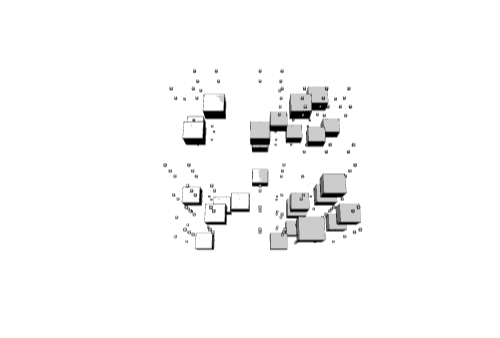Living Code: Future software will rewrite its own source code
The Defense Advanced Research Projects Agency (DARPA) has offered a two million dollar bounty for self-healing software. Contestants must submit technical papers about their respective approaches in March of 2015 and be prepared for the ultimate showdown in 2016. The idea is to take zero-days down to zero-seconds. To put the timing of this challenge in perspective, remember that DARPA’s first grand challenge was for autonomous vehicles in 2004. Skip forward almost ten years and every self-respecting automotive manufacturer has plans for a line of automated cars. Following the same timeline, we should see impressive displays of living code around 2020.
Right on the heels of DARPA is an announcement from Wolfram Alpha that they have created a meta-language for science and computing. Details are minimal from the Wolfram Alpha Blog but the chief goal of what they are calling the Wolfram Language “..is to provide a way to inject sophisticated computation and knowledge into everything—and to make it universally accessible to humans, programs and machines, in a way that lets all of them interact at a vastly richer and higher level than ever before.”
“There was a time when every computer was in a sense naked—with just its basic CPU. But then came things like operating systems. And then various built-in languages and application programs. What we have now is a dramatic additional step in this progression. Because with the Wolfram Language, we can in effect build into our computers a vast swath of existing knowledge about computation and about the world.”
Software development is about to get more complex, dynamic, and more ‘meta’ then ever previously imagined. We are rapidly approaching a time when our software tools are as complex as the projects we use them on. Code writing code. Software maintaining software. This is just the beginning.
